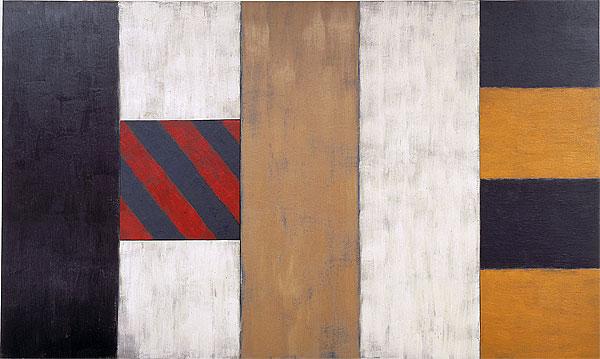In the third posting on the theme of architect/designer I am looking at Marcel Breuer. Marcel Lajos Breuer (21 May 1902 Pécs, Hungary – 1 July 1981 New York City), architect and furniture designer, was an influential Hungarian-born modernist of Jewish descent. One of the masters of Modernism, Breuer displayed interest in modular construction and simple forms.
Known to his friends and associates as Lajkó, Breuer studied and taught at the Bauhaus in the 1920s. The Bauhaus curriculum stressed the simultaneous education of its students in elements of visual art, craft and the technology of industrial production. Breuer was eventually appointed to a teaching position as head of the school's carpentry workshop. He later practiced in Berlin, designing houses and commercial spaces. In the 1920s and 1930s, Breuer pioneered the design of tubular steel furniture. Later in his career he would also turn his attention to the creation of innovative and experimental wooden furniture.
Wassily Chair
Perhaps the most widely-recognized of Breuer's early designs was the first bent tubular steel chair, later known as the Wassily Chair, designed in 1925 and was inspired, in part, by the curved tubular steel handlebars on Breuer's Adler bicycle. Despite the widespread popular belief that the chair was designed for painter Wassily Kandinsky, Breuer's colleague on the Bauhaus faculty, it was not; Kandinsky admired Breuer's finished chair design, and only then did Breuer make an additional copy for Kandinsky's use in his home. When the chair was re-released in the 1960s, it was designated "Wassily" by its Italian manufacturer, who had learned that Kandinsky had been the recipient of one of the earliest post-prototype units.
Plywood chair
In the 1930s, due to the rise of the Nazi party in Germany, Breuer relocated to London. While in London, Breuer was employed by Jack Pritchard at the Isokon company; one of the earliest introducers of modern design to the United Kingdom. Breuer designed his Long Chair as well as experimenting with bent and formed plywood.
Cesca chair 1928
Breuer eventually ended up in the United States. He taught at Harvard's architecture school, working with students such as Philip Johnson, Paul Rudolph and I.M.Pei who later became well-known U.S. architects. (At one point Johnson called Breuer "a peasant mannerist".) At the same time, Breuer worked with old friend and Bauhaus colleague Walter Gropius, also at Harvard, on the design of several houses in the Boston area.
Wolfson Trailer House, Pleasant Valley, N.Y.
Breuer dissolved his partnership with Gropius in May 1941 and established his own firm in New York. The 1953 commission for UNESCO headquarters in Paris was a turning point for Breuer: a return to Europe, a return to larger projects after years of only residential commissions, and the beginning of Breuer's adoption of concrete as his primary medium. He became known as one of the leading practitioners of Brutalism, with an increasingly curvy, sculptural, personal idiom. Windows were often set in soft, pillowy depressions rather than sharp, angular recesses. Many architects remarked at his ability to make concrete appear "soft".
UNESCO headquarters
Between 1963 and 1964, Breuer began work on what is perhaps his best-known project, the Whitney Museum of American Art, in New York City. He also established a Parisian office with the name "Marcel Breuer Architecte," from which he could better orchestrate his European projects.
Armstrong Rubber Co. Headquarters, West Haven, Conn.
McMullen Beach House, Mantoloking, New Jersey.
 |
| 1922 chair |
 |
| 1927 chair |
 |
| c1970s Dining table |
My rather saggy Cesca chair in my studio











































